We talked a while ago about a game that I really liked – “Superliminal”. I mentioned in the accompanying blog post that I have played several games with a focus on perspective; Today we’re talking about the second game of this kind, “Maquette”. Read here where the similarities and differences lie and how I liked it. (contains spoilers!)
However, before we really get started, let’s clarify some of the less interesting points for my review. The game, like “Superliminal”, has fairly simple controls. Walking around, turning the camera, picking up one object at a time, operating levers and buttons – that’s basically it. The graphics are not photorealistic, but rather have something cartoonish about them. I have to say though, there are significantly more individual elements and a few more details here and there.
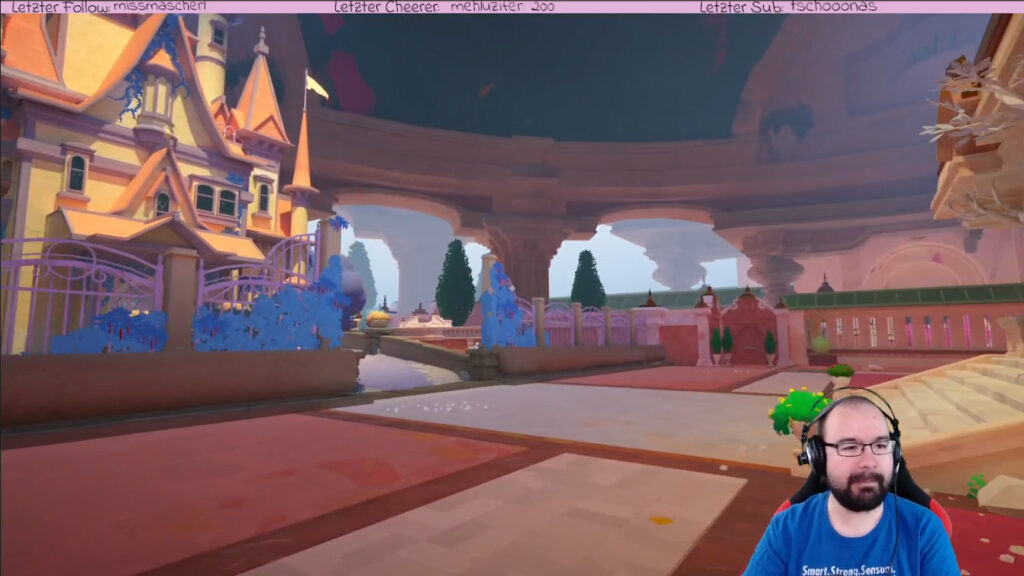
The technical side is okay – it’s just not a particularly demanding game. The controls are solid, we didn’t have any crashes, but unfortunately there were slight dips in the frame rate here and there, which was a bit of a shame. Overall, in all these aspects it is quite similar to other games and also “Superliminal”.
That’s why I don’t want to include all of these points too much in my review, but rather the idea of the game itself. In my opinion, this has a lot of potential. Like the other game, it’s a lot about changing your perspective and debunking optical illusions, but the main focus is on something else: the size of things.
While “Superliminal” only uses the player’s perspective to change the size of objects steplessly, “Maquette” takes a different approach. You find yourself in a continously changing world, at the center of which is a model of the world itself. If you take a small object and place it in this model, it will appear huge in your own world. However, if you take a small object out of this model, it comes into your own world as a small object. A key quickly becomes a bridge and a huge rock quickly becomes a pebble – very fascinating.
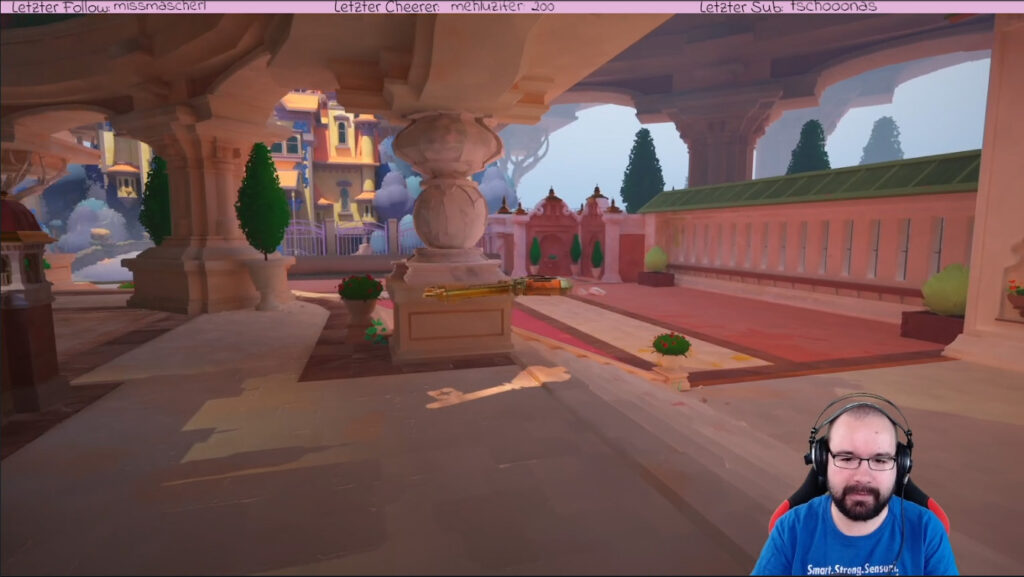
For some of you, this principle will remind you of “A Fisherman’s Tale,” a VR game that works similarly. Here, too, was a world within itself that could be manipulated in this way – because I was immediately reminded of this game, I also saw this potential in “Maquette” – “A Fisherman’s Tale” was a fantastic game!
And I have to give credit where credit’s due – I really enjoyed this aspect. It was fun to zoom in and out of things every now and then to discover new paths or solve puzzles in different ways – that’s kind of what I expected and I wasn’t disappointed!
Where I was definitely disappointed were various other points in the game that unfortunately really spoiled the experience for me. Where do we start?
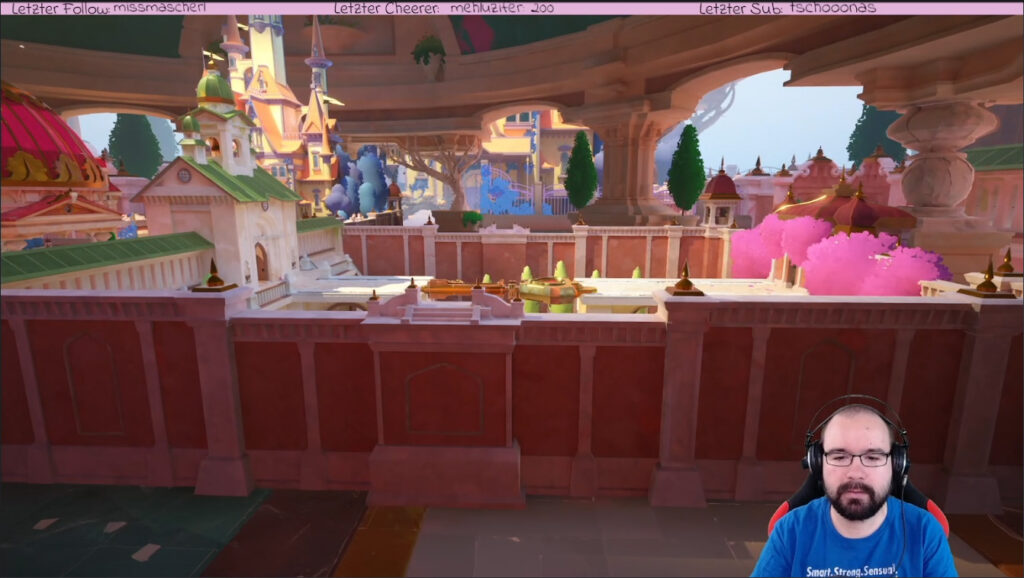
The first thing I noticed was an incredible high number of spelling and translation errors. I’m not very good at forgiving one or the other, but doing both at the same time is an absolute outrage. I can understand when studios resort to automated translations – I certainly do that too – and logical errors creep in or the wrong word is used for a certain context. However, since I buy a game, I expect at least two sentences in a row to make sense – which was hardly the case in this game.
At the same time, the spelling errors didn’t make any sense to me – a translation tool can select wrong words, but it would at least write them correctly. Therefore the question arises for me: how could (exaggeratedly) every other sentence not only not make any sense, but also contain spelling errors? I don’t understand it and for me personally there is no explanation that doesn’t contain the words “laziness” or “incompetence”.
Another thing I didn’t like was the puzzles themselves. At the beginning it was very interesting to shrink and grow objects within a limited area – however, with the introduction of portals, which allowed us to shrink ourselves, the walking paths in what was then a very empty world became so extensive that you could walk in a single direction for minutes without passing anything – sometimes only to discover that the direction was wrong or that an important object was still in the other direction. About halfway through the game, I was more frustrated than happy by this mechanic.
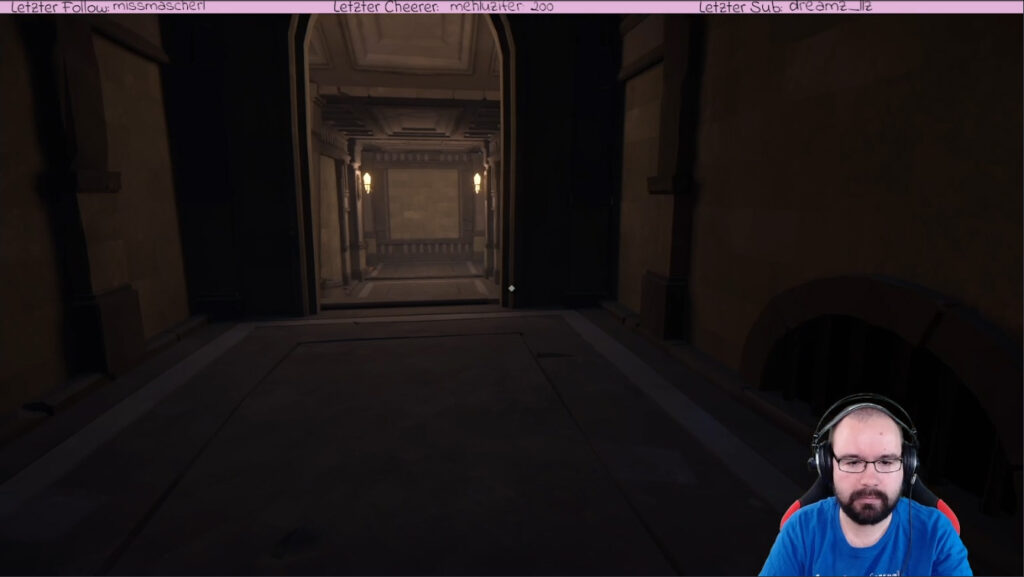
The last point, which is to be assessed rather subjectively, is the story. In my personal opinion it is just irrelevant. It’s about two people getting to know each other, growing apart and ultimately separating. Nothing more, nothing less. That might be enough for an evening’s shallow entertainment on television, but it wasn’t enough for me for this type of game. It had some strong moments in terms of storytelling – a monologue that the protagonist gave while we were walking through the rain in a big city really moved me. Unfortunately, there were only a few of these exceptions.
So what is my conclusion about this game? I’m not sure. The basic concept of the puzzles is promising, but in my opinion poorly implemented – especially in the second half of the game. The story is completely interchangeable and practically irrelevant to the game. I don’t think there was really much thought put into this (or if there was, that the thought was actually good).
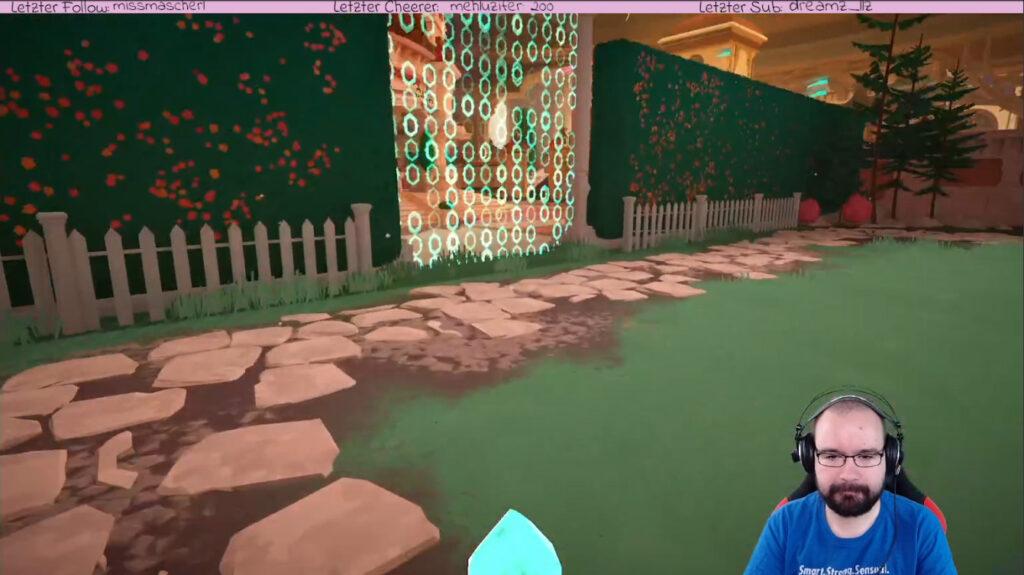
Due to the endless running for minutes, any trace of atmosphere is lost, and the very poor translation of the texts only makes the whole thing worse. At the moment I wouldn’t recommend it at all, if it is improved sometime in the future only to a very limited extent. Unfortunately, I quickly got the impression that the game wasn’t really well thought out in many aspects.
What do you think? Did you like the game, was it fun to watch? Have you already played it yourself? Join the discussion on Discord!